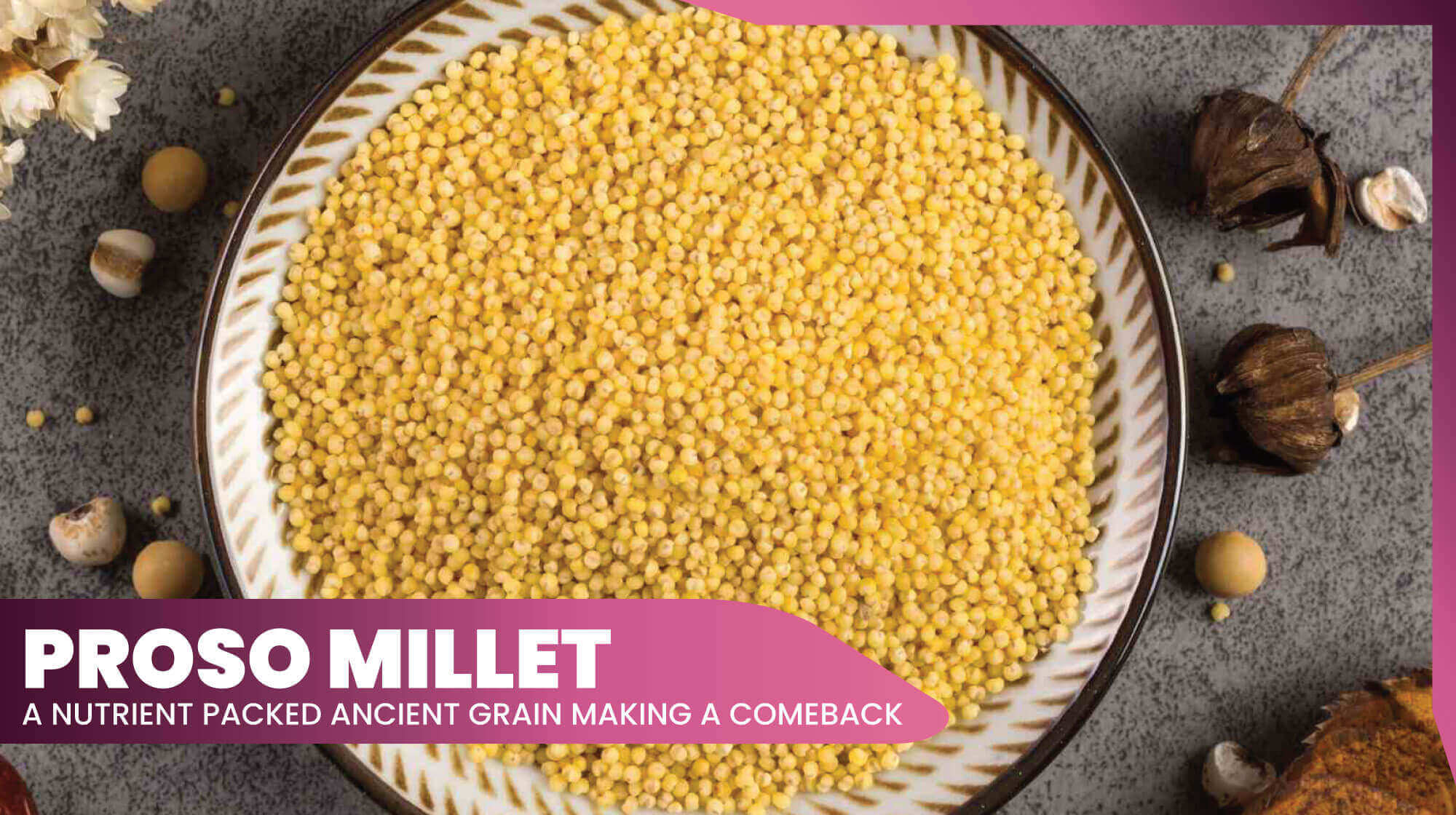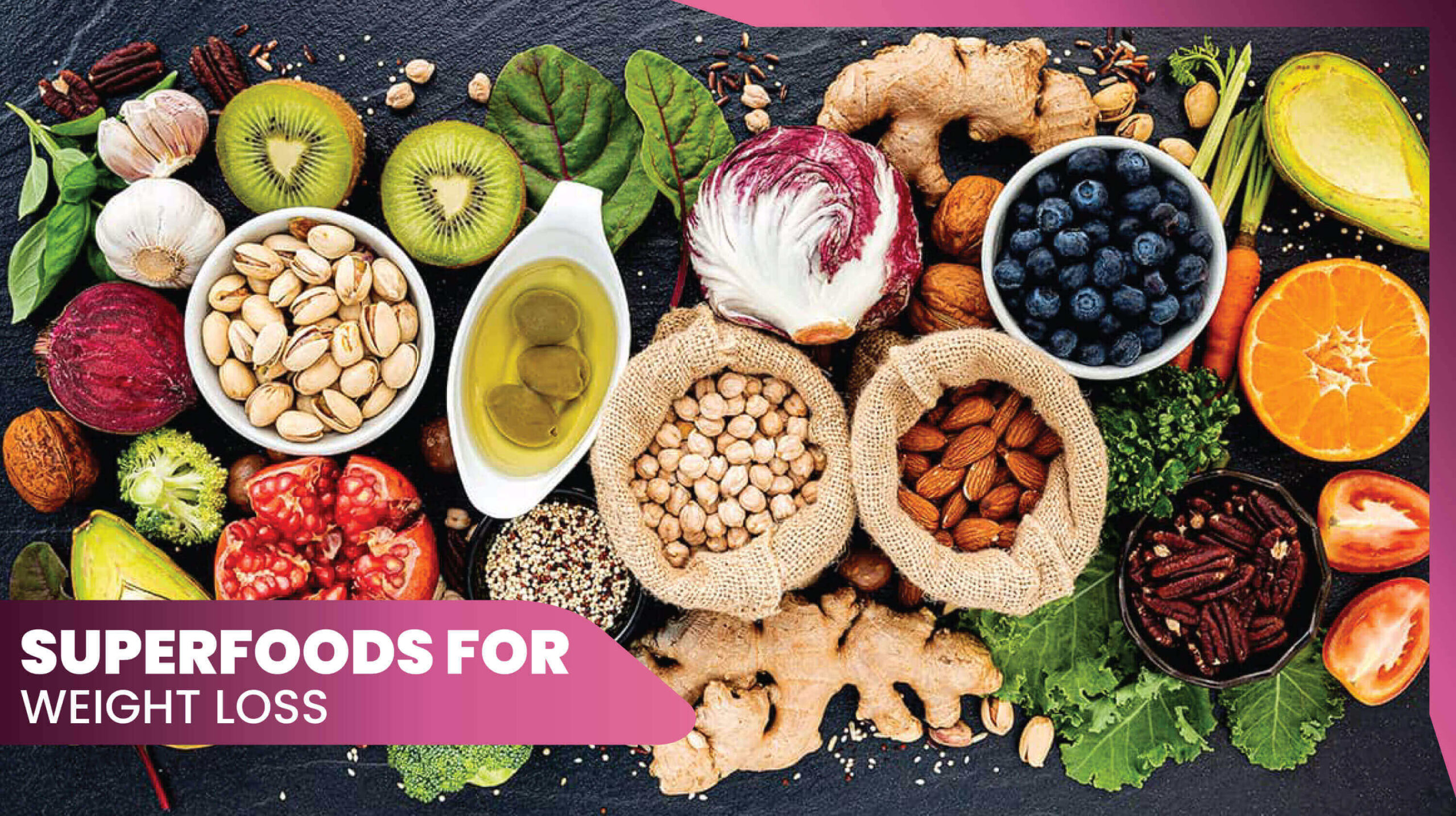Celebrate Lord Shiva’s love this July! The holy month of Sawan arrives on July 22nd, bringing weeks of devotion (until August 19th). Hindus across India mark Sawan with fasting, prayers, and vibrant ceremonies. It’s also monsoon season, with many believing the rains are Lord Shiva’s blessings. Don’t miss this special time!
Here’s how you can celebrate Sawan Somwar Vrat:
- Wake up early and take a bath.
- Make an offering to Lord Shiva.
- On these special Mondays, only eat sweet foods without salt.
- Have just one big meal a day before sunset, and skip heavy grains.
There’s a cool science fact about Sawan, too! During this time, fewer sun rays reach the Earth. Plus, it’s monsoon season. This can lead to more germs in the water. That’s why it’s important to avoid some vegetables like spinach and cabbage, as they can carry bacteria. Don’t worry, though! In this blog, Fitness with Nidhi will share some tips on how to detox your body while you fast. Stay tuned to learn more!
Your Spiritual Refreshment with 6 Sawan Fasting Drinks
Fasting can be challenging, but staying hydrated and nourished is crucial. Here are some healthy drink options to keep you feeling good:
1. Ghiya Juice (Bottle Gourd Juice):
This refreshing and cooling drink contains vitamins, minerals, and antioxidants. It’s particularly beneficial for people with high blood pressure (hypertension) or diabetes who may struggle with longer fasting periods. Ghiya juice helps regulate blood sugar and can be consumed in moderation throughout the day to avoid staying empty-stomach for extended periods.
View this post on Instagram
2. Fruit-Infused Water:
This is a simple and delicious way to increase your water intake! Add fruits like watermelon, mint leaves, kiwi, papaya, cucumber, or lemon to water for a natural flavor boost. This not only keeps you hydrated but also provides essential vitamins and minerals.
View this post on Instagram
3. Coconut Water:
Coconut water is a natural source of electrolytes like potassium and magnesium, making it excellent for replenishing fluids lost during hot summer fasts. However, it’s naturally high in sugar, so limit consumption to 2-3 times a week.
4. Freshly Squeezed Fruit Juices:
Opt for homemade juices from fruits like watermelon, kiwi, pomegranate, or apple. These provide essential vitamins and minerals while keeping you hydrated. However, be mindful of the sugar content, especially in fruits like grapes and mangoes.
Important Note: While these drinks can be helpful during fasting, they should not replace a balanced diet when eating meals.
5. Green tea
Besides regular tea, you can opt for green tea, a good detox drink served early in the morning.
6. Lemon tea
Lemon tea is another detox drink that can be substituted with other caffeine drinks.
Best Diet Plan to Lose Weight During Sawan
| Options | Early Morning | Breakfast | Snack 1 | Lunch | Snack 2 | Dinner |
|---|---|---|---|---|---|---|
| Option 1 | Luke warm water and nuts | Banana Shake | Dates | Pineapple Curd | Coconut Water | Makhana Kheer |
| Option 2 | Luke warm water and nuts | Mango shake | Greek Yogurt with Berries | Gur Chapati | A Cup of Milk | Pumpkin Halwa |
| Option 3 | Luke warm water and nuts | Pear or Apple | Infused water | Raw Paneer Cubes with salad | Watermelon | Milk and Dates and Nuts Ladoo |
| Option 4 | Luke warm water and nuts | Gond katira Shake | Ghia Juice | Gur Rice | Gur Makhana | Ghia Halwa |
Sawan Fasting Shakes for Nourishment
These delicious and nutritious shakes can help you stay energized during your Sawan fast.
1. Mango Shake:
During Shravan, mangoes are a seasonal treat. Blend a small or ½ full-sized mango with 170-200 ml of low-fat milk. For a chilled option, use frozen mangoes. To enhance the flavor, consider adding a pinch of cardamom or a teaspoon of honey (if allowed during your fast). Top with nuts for extra protein and texture.
2. Banana Shake:
Combining bananas with milk is a classic and healthy choice. Blend one ripe banana with 200 ml of low-fat milk. Consider including some chopped spinach or flax seeds to add a green boost.
3. Gond Katira Shake:
This cooling and refreshing shake is made with gond katira (a natural coolant), milk, nuts, and melon seeds. Soak 2-3 teaspoons of gond katira overnight. Blend with 100 ml milk, 6-7 soaked and peeled almonds, ½ teaspoon mixed melon seeds, and water to reach the desired consistency. This shake is particularly beneficial during hot summer days and might suit people with high blood pressure.
Main Course Meal Options for Sawan Fasting
1. Gur Chawal
Gur Rice, also known as Jaggery Rice or Gur wale Chawal, is a traditional Indian Sweet dish made with jaggery and rice. Jaggery, also called gur, is a type of unrefined sugar commonly used in Indian Cuisine. It is made from sugarcane juice or palm sap and has a rich, caramel-like flavour.
View this post on Instagram
2. Makhana Kheer
Makhana kheer, also known as lotus seed pudding is a delicious and creamy Indian dessert made with fox nuts, milk, and jaggery and flavored with cardamom and nuts.
3. Sabudana Kheer
Sabudana kheer is a creamy and delicious Indian dessert made with tapioca pearls (sabudana), milk, and sugar, and flavored with cardamom and nuts. It is commonly prepared during fasting or as a sweet dish for festive occasions. Here’s a recipe for making sabudana kheer:
Ingredients:
- Sabudana (tapioca pearls) – ½ c
- Milk – 4 cups
- Jaggery (adjust to taste) – ½ c
- Cardamom powder – 1/4th tsp
- A handful of chopped nuts (such as almonds, pistachios, and cashews) for garnishing
- Saffron strands (optional)
How to make Sabudana Kheer:
- Rinse the sabudana under running water until the water runs clear. Then soak the sabudana in water for about 2-3 hours. Drain the water and keep aside.
- In a heavy-bottomed pan, heat the milk and bring it to a boil. Reduce the heat to low and let the milk simmer for about 10-15 minutes, stirring occasionally to prevent it from sticking to the bottom of the pan.
- Add the soaked sabudana to the simmering milk and cook on low heat for about 15-20 minutes, or until the sabudana pearls turn translucent and soft. Keep stirring.
- Add jaggery to the pan and mix well until it dissolves completely. Continue to cook for another 5-10 minutes until the kheer thickens to the desired consistency.
- Add cardamom powder and mix well again. If desired, you can also add a few strands of saffron for additional flavor and color.
- Remove the pan from the heat and let the kheer cool down to room temperature. It will thicken further as it cools.
- Once cooled, transfer the sabudana kheer to serving bowls or glasses. Garnish with chopped nuts of your choice, such as almonds, pistachios, and cashews.
- You can serve the sabudana kheer chilled or at room temperature. If you prefer it chilled, refrigerate it for a few hours before serving.
4. Bajarbhang Kheer
Wash one katori (70 g) bajarbhang and add it to 1 litre milk. Add 2 crushed cardamoms and let the milk boil for 10 minutes. Keep stirring. Put off the flame and add 20 g of jaggery and 10 pieces of soaked, peeled, and chopped almonds to it.
5. Seul Kheer
Wash one Katori (70 g) seul and add it to one litre of low-fat milk. Also, add 2 pieces of crushed cardamom to it. Let the milk boil for ten minutes at low flame. Keep stirring. After ten minutes when the milk seems thickened and the seul has been mixed well, put off the flame. Now add 20 g jaggery, ten soaked, peeled, and chopped almonds to it.
6. Sweet Pancakes
The flour can be chosen from a list of flours that are given as – Rajgira flour, Kuttu flour, Samo, Singhara, and millets (like kodo, finger, proso, pearl, barnyard millet, etc). it may vary from region to region as to which flour is allowed to be consumed and which is not. In some areas, even people eat whole wheat flour and sooji as well. So, it completely depends on your faith.
Sweet jaggery pancakes are a delicious and indulgent treat made with jaggery (gur), flour, and a few other ingredients. These pancakes have a rich and caramel-like flavor from the jaggery and are perfect for a sweet breakfast or dessert. Here’s a recipe for making sweet jaggery pancakes:
Ingredients:
- Flour (of choice) – 1 cup
- Grated jaggery (gur) – 1/4th c
- Baking powder – ½ tsp
- Cardamom powder – 1/4th tsp
- Salt- A pinch
- Milk – 3/4th c
- Ghee (clarified butter), melted – 1 tbsp
- Chopped nuts or grated coconut for garnishing (optional)
How to make Sweet Jaggery Pancake:
- In a mixing bowl, combine the flour, jaggery, baking powder, cardamom powder, and salt.
- Gradually add the milk to the dry ingredients and whisk until you have a smooth batter. Add the melted ghee and mix again until well combined. Let the batter rest for about 10 minutes to allow it to slightly thicken.
- Heat a non-stick pan. Grease it with some ghee or oil.
- Pour a ladleful of the batter onto the hot pan and spread it gently into a round shape using the back of the ladle. Cook the pancake for about 1-2 minutes, or until bubbles start to form on the surface.
- Flip the pancake and cook the other side for another 1-2 minutes, or until it turns golden brown.
- Remove the pancake from the pan.
- Garnish the sweet jaggery pancakes with chopped nuts or grated coconut, if desired.
- Serve the pancakes warm as is or with a drizzle of honey, maple syrup, or a dollop of whipped cream. You can also enjoy them with a side of fresh fruits for a healthier option.
7. Gur Chapatis
Gur chapati, also known as jaggery roti, is a sweet and flavorful Indian flatbread made with jaggery (gur), whole wheat flour, and a few spices. It is a popular dish, especially during the winter season. Here’s a recipe for making gur chapati:
Ingredients:
- Whole wheat flour – 1 c
- Grated jaggery (gur) – 1/4th c
- Cardamom powder – 1/4th tsp
- Ghee (clarified butter) – 1 tbsp
- Water (as needed)
- Ghee or oil for cooking the chapatis
How to make Gur Chapatis:
- In a mixing bowl, add whole wheat flour, grated jaggery, cardamom powder, and ghee. Mix them well together.
- Slowly add water to the mixture and knead it into a soft dough. Adjust the water as needed. The dough should be smooth. Let the dough rest for 10-15 minutes to allow the flavors to meld.
- Divide the dough into small quantities and roll each portion into a ball. Dust the dough balls with flour to prevent sticking.
- Heat a tawa. Take a dough ball and flatten it slightly with your hands.
- Roll out the dough ball into a round chapati, approximately 6-7 inches in diameter, using a rolling pin and dusting with flour as needed.
- Place the rolled chapati on the heated tawa and cook for about 30 seconds or until you start to see small bubbles forming on the surface.
- Flip the chapati and cook the other side for another 30 seconds. Apply some ghee or oil on this side.
- Flip the chapati again and cook for a few more seconds until it puffs up and gets golden brown spots.
- Remove the cooked gur chapati from the tawa and place it on a plate. Repeat the process with the remaining dough balls.
- Serve the gur chapati hot with a side of yogurt or pickle. You can also enjoy it as is.
8. Pethe ka halwa (Pumpkin ka Halwa)
Kaddu ka Halwa or pumpkin halwa is a popular Indian dessert made with pumpkin. Jaggery, ghee, milk, and flavored with cardamom and nuts. It’s a sweet and rich dessert that is often prepared during festivals and special occasions.
9. Ghiya ka Halwa
Ghiya ka halwa, also known as bottle gourd halwa, is a delicious and popular Indian dessert made with grated bottle gourd, jaggery, ghee, and milk, and flavored with cardamom and nuts. It is a sweet treat that is often made during festivals or special occasions. Here’s a basic recipe for making ghiya ka halwa:
Ingredients:
- Grated bottle gourd (ghiya/lauki) – 2 cups
- Ghee (clarified butter) – 4 tbsp
- Milk – 2 cups
- Jaggery (adjust to taste) – ½ c
- Cardamom powder – ½ tsp
- A handful of chopped nuts (such as almonds, pistachios, and cashews) for garnishing
- Saffron strands (optional)
How to make Ghiya Ka Halwa:
- Heat a heavy-bottomed pan or a non-stick pan on medium heat. Add ghee and let it melt.
- Add the grated bottle gourd (ghiya) to the pan and sauté it in ghee for 5-7 minutes until it becomes soft and starts to release its moisture.
- Add milk to the pan and lower the flame. Cook the bottle gourd in the milk on low heat, stirring occasionally, until the milk reduces and thickens.
- Add jaggery to the pan and mix well. Continue cooking and stirring until the sugar dissolves and the mixture thickens further. This should take another 10-15 minutes.
- Add cardamom powder and mix well. If desired, you can also add a few strands of saffron for added flavor and color.
- In a separate small pan, heat a tablespoon of ghee and fry the chopped nuts until they turn golden brown. Set aside.
- Once the bottle gourd mixture reaches a halwa-like consistency and starts to leave the sides of the pan, remove it from the heat.
- Garnish the ghiya ka halwa with the fried nuts and mix them in lightly.
- Serve the halwa warm or at room temperature.
Also Read:





